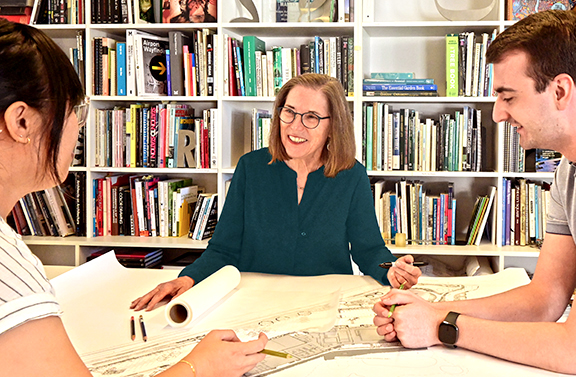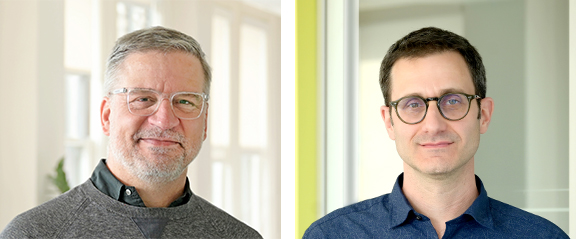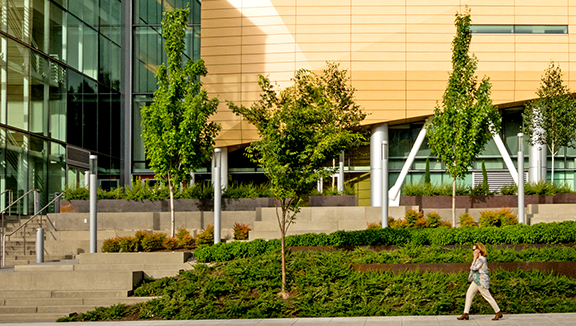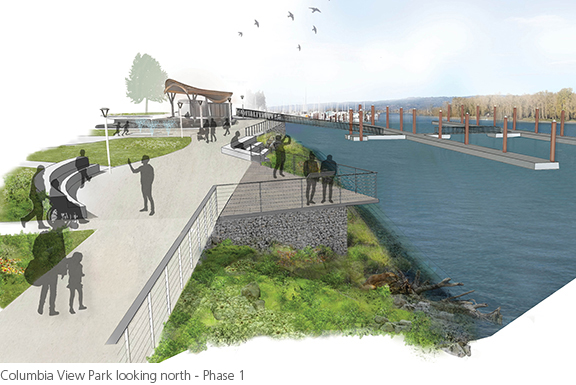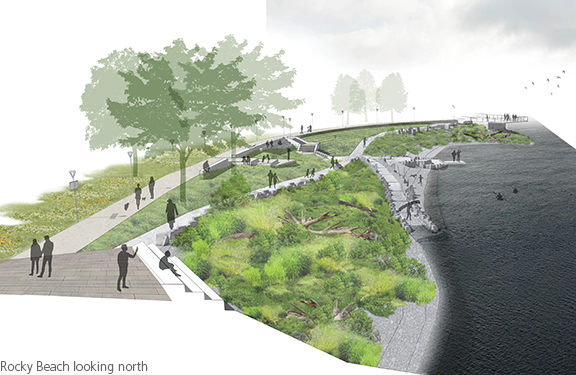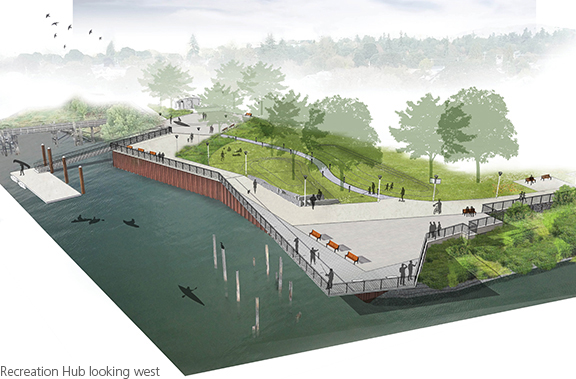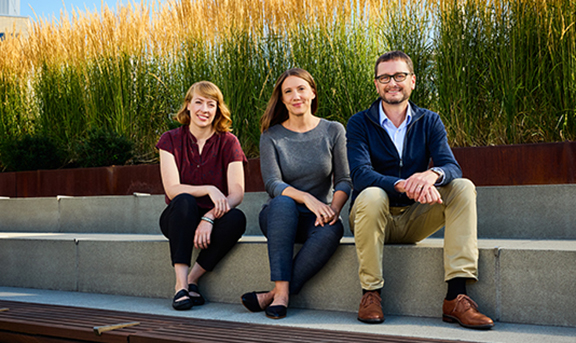
Mayer/Reed is marking the next chapter of our interdisciplinary design leadership—honoring a legacy of design excellence and promoting from within.
Kathy Fry, SEGD and Jeramie Shane, ASLA lead the visual communications and landscape architecture groups respectively and continue to work side-by-side to evolve Mayer/Reed’s collaborative approach to forward-thinking design. Together with Shannon Simms, ASLA, who was recently promoted to associate principal and shareholder, they see a future filled with possibilities where the studio’s integrated disciplines thrive through curiosity and cross-pollination.
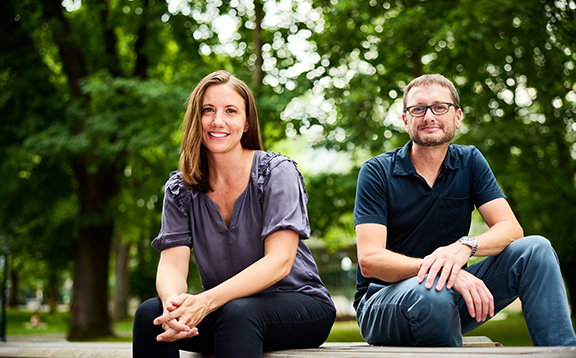
“We’re designing for an ever-changing world,” says Jeramie, “and we’re cultivating a studio that encourages pressing beyond what we know to what might be revealed through a creative process. Listening, collaboration and making space for tinkering and iteration is a mindset.”
“As we navigate evolving technologies, new social patterns and climate change with our clients, we’re guided by our long-standing core values,” adds Kathy. “We’re talking about enduring, resilient and adaptive design—key for the health and well-being of our communities and environment.”
Founding partner Carol Mayer-Reed, FASLA remains focused on client relations, projects and design mentorship. “I’m reflecting on the people who inspired me and encouraged me to find my voice in design. In turn, I’m continuing to express my passion for the profession as a mentor and encouraging women to lead with their strong design sensibilities.”
“Carol has been an inspiration to so many people including me,” notes Shannon. “Her influence is far reaching. I’m honored to be a part of the firm’s ongoing success as a women-owned business.”
